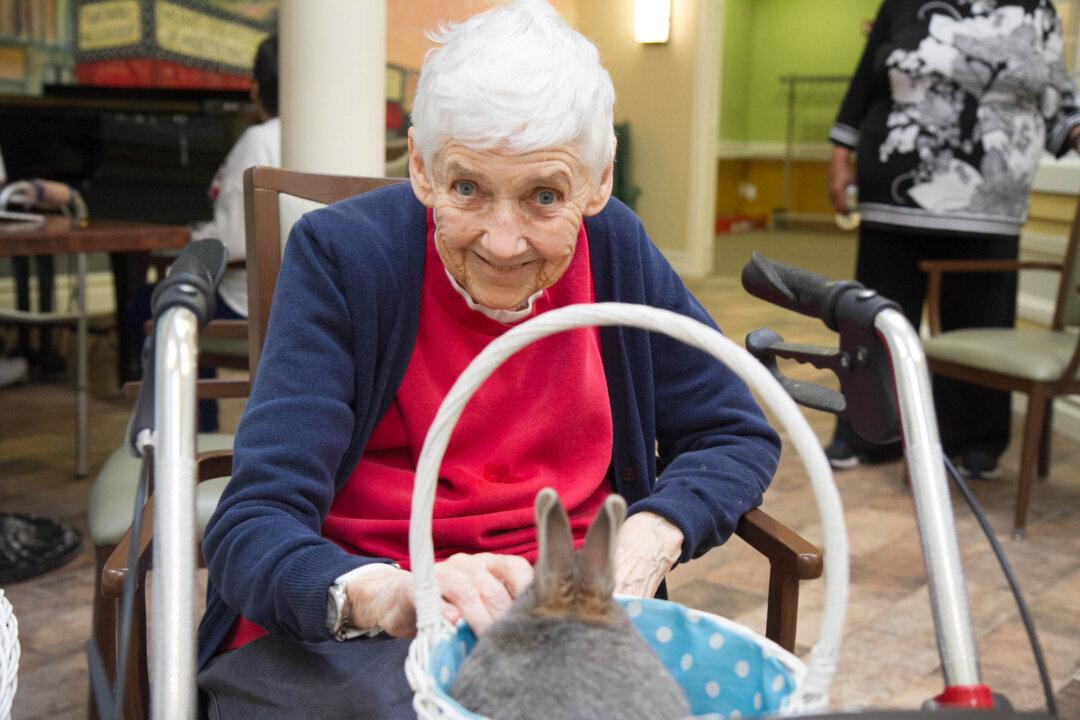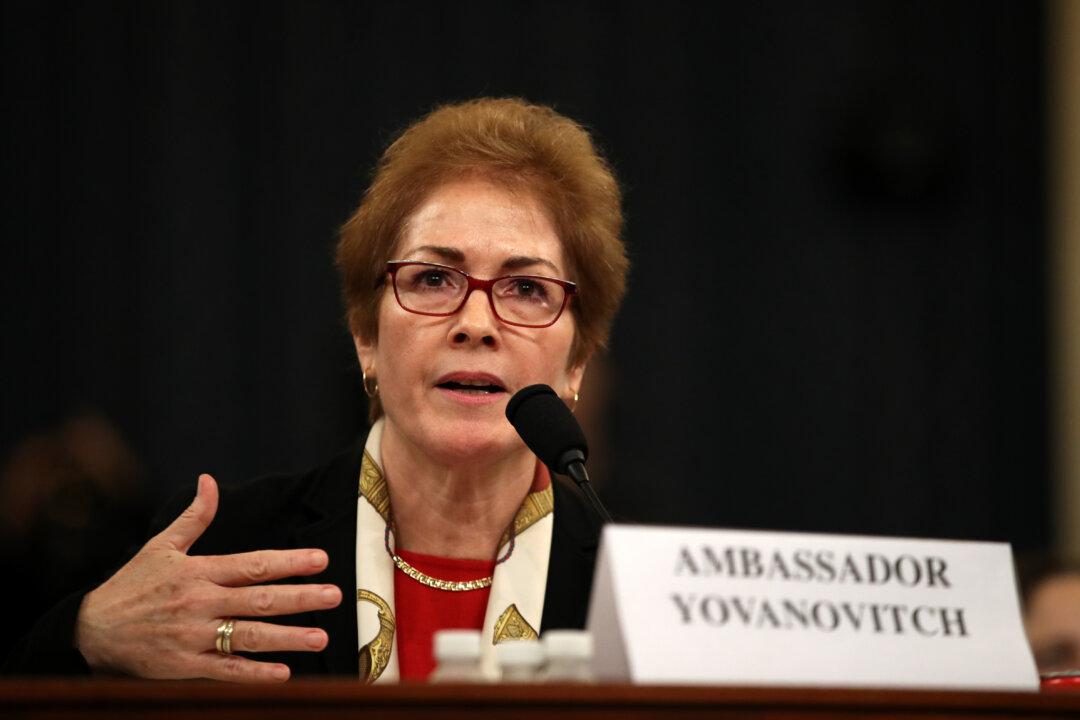MIDDLETOWN, N.Y.—At the Promenade Assisted Living Facility in Middletown, Bunnies in Baskets is the third event of the day listed on the schedule in the foyer.
A few yards away in a community room, Tommy Meyers is unpacking his bunnies into a mesh pen in the center of the room and taking out baskets and blankets from plastic bags.
On his shoulder sits Joshua, a brown bunny so-named because“he likes to be up on my shoulder all the time, high on the mountain like Joshua from the Bible,” Meyers explains to a curious resident.
Seniors slowly trickle into the room where he is setting up. Once people are seated, he places a bunny in a basket or wrapped in a blanket on their laps.
“[With] some of the elderly people, if a bunny scratches them and they’re on blood thinners, they’re going to bleed. So that’s why it’s called Bunnies in Baskets,” Meyers explained.
The 10 or so rabbits he has brought with him are called therapy rabbits, similar in concept to therapy dogs. He’s the only one in Orange County, and possibly in all of New York, who has therapy rabbits. He said he knows some people in Connecticut who also provide therapy rabbits, but generally working with rabbits is more popular on the West Coast.





